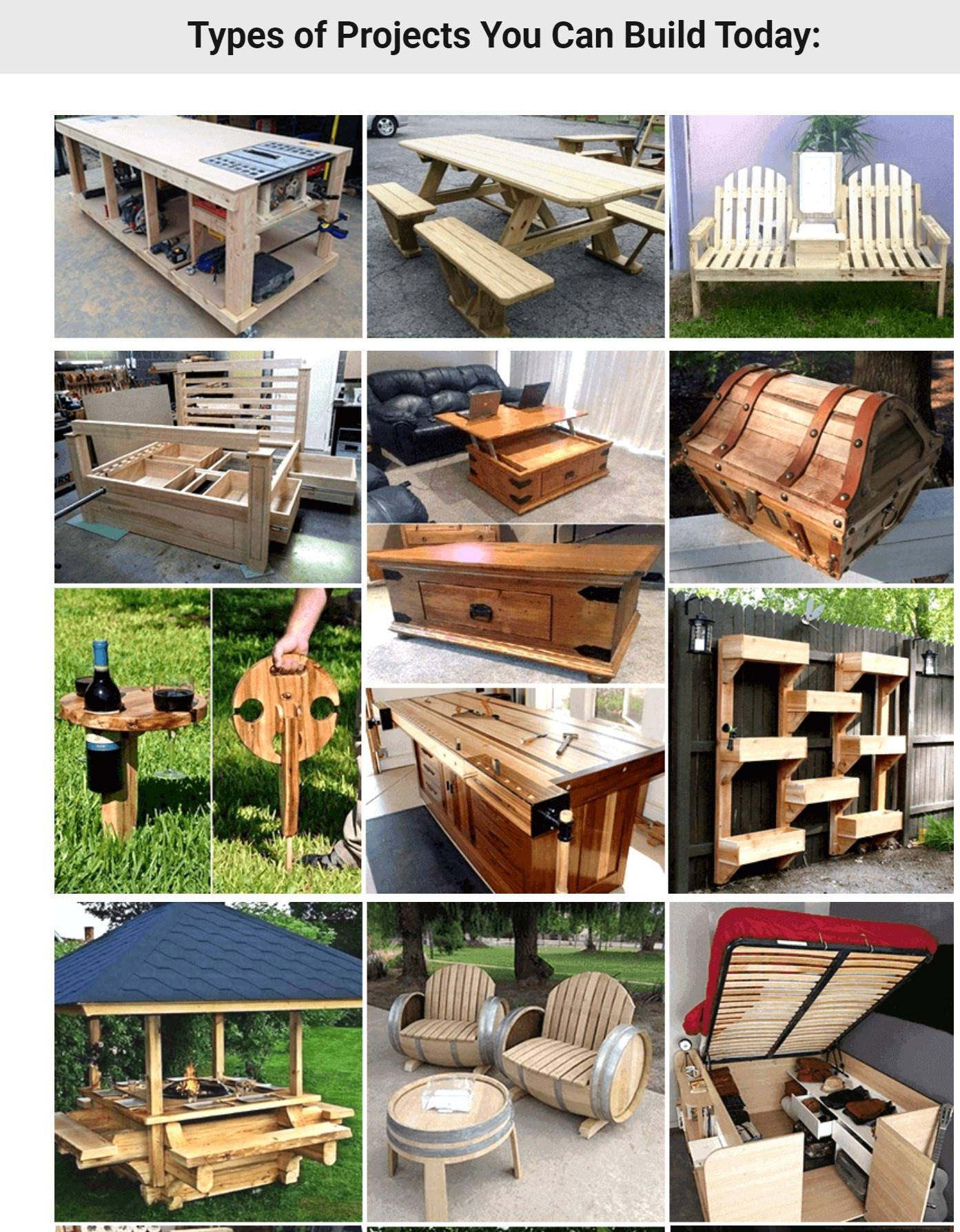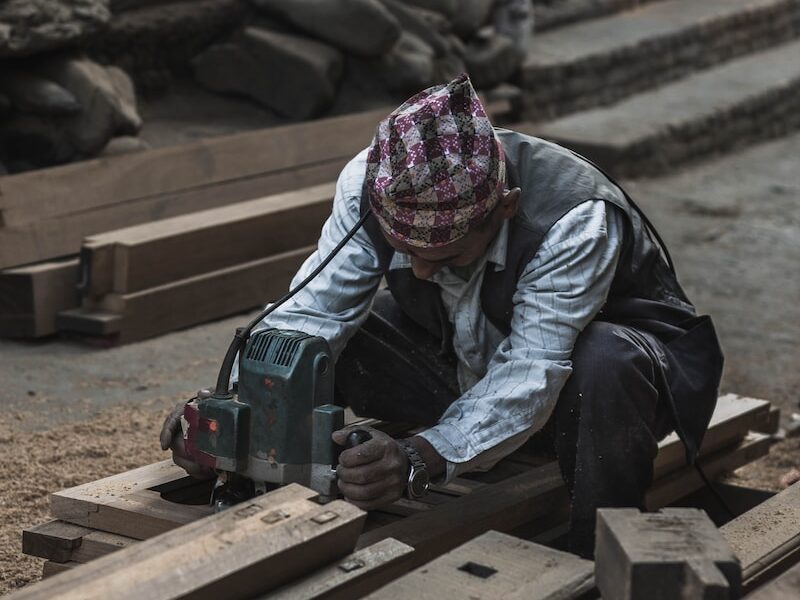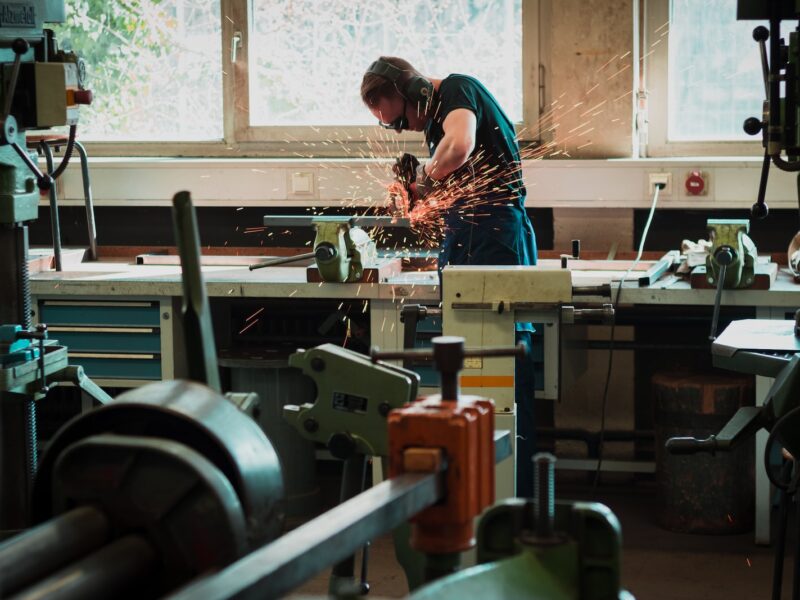Table of Contents
- Introduction
- Understanding Woodworking Hazards
- Setting Up a Safe Workshop
- Personal Protective Equipment (PPE)
- Safe Tool Usage
- Woodworking Material Safety
- Handling Finishes and Adhesives Safely
- Avoiding Fire Hazards
- Emergency Preparedness
- Safe Woodworking Practices
- Understanding Tool Maintenance
- Teaching Safety in Woodworking
- Conclusion
Introduction
Woodworking is an ancient craft that has been passed down through generations. It allows us to create functional
and beautiful objects, from furniture to art pieces. However, working with wood also involves certain risks, and
it is essential to follow safety measures to prevent accidents.
Understanding Woodworking Hazards
Before diving into safety practices, it’s crucial to be aware of potential woodworking hazards. The most common
injuries in woodworking include cuts, splinters, and accidental contact with tools. By understanding these risks,
you can take the necessary precautions to minimize them.
Common Injuries in Woodworking
- Cuts and Lacerations: Sharp tools and machinery can cause serious cuts if not handled properly.
- Splinters: Working with rough wood can lead to painful splinters, which may become infected if not treated
promptly.
Setting Up a Safe Workshop
The first step in ensuring safety is organizing your woodworking workshop effectively. A well-arranged workspace
reduces the likelihood of accidents and improves overall efficiency.
Organizing Your Workspace
- Clear the Clutter: Remove unnecessary items from your workspace to create more room for woodworking
activities. - Proper Lighting: Ensure ample lighting to see clearly and avoid mistakes while working.
Proper Tool Storage
- Wall Racks and Cabinets: Use wall-mounted racks and cabinets to store tools and keep them within reach.
- Tool Identification: Label each tool’s storage location for easy identification and retrieval.
Ventilation and Dust Control
- Dust Collection System: Invest in a dust collection system to minimize airborne particles and protect your
lungs. - Ventilation: Adequate ventilation prevents the buildup of harmful fumes from finishes and adhesives.

Personal Protective Equipment (PPE)
Using the right personal protective equipment is crucial in woodworking. It provides a barrier between you and
potential hazards.
Eye Protection
- Safety Glasses: Wear safety glasses to protect your eyes from flying debris and dust.
- Face Shields: Use face shields when operating power tools for added protection.
Hearing Protection
- Ear Muffs or Ear Plugs: Protect your hearing from loud machinery and tools.
Respiratory Protection
- Dust Masks or Respirators: Wear these to prevent inhalation of fine wood particles and harmful fumes.
Clothing and Footwear
- Avoid Loose Clothing: Loose clothing can get caught in machinery and cause accidents.
- Sturdy Footwear: Wear closed-toe shoes or boots to protect your feet from heavy objects.
Safe Tool Usage
Using tools properly is essential for your safety. Whether it’s a hand tool or a power tool, following these
guidelines will help prevent accidents.
Handling Hand Tools
- Sharp and Clean: Keep hand tools sharp and clean for better control and efficiency.
- Proper Grips: Always use the appropriate grip and avoid overexertion.
Working with Power Tools
- Read the Manual: Familiarize yourself with the manufacturer’s instructions and safety guidelines.
- Secure Workpieces: Ensure workpieces are properly secured before starting any power tool.
Router Safety
- Unplug When Not in Use: Always unplug the router when changing bits or making adjustments.
- Use the Correct Bits: Match the appropriate router bit to the specific task.
Table Saw Safety
- Use a Push Stick: A push stick keeps your hands a safe distance from the saw blade.
- Install Blade Guards: Blade guards protect you from accidental contact with the blade.
Woodworking Material Safety
Selecting and handling wood is an important aspect of woodworking safety.
Choosing the Right Wood
- Check for Defects: Inspect wood for cracks, knots, and other defects that could compromise its integrity.
- Follow Load Limits: Don’t overload wood beyond its weight-bearing capacity.
Handling and Storing Wood
- Dry and Clean: Store wood in a dry and clean area to prevent warping and deterioration.
- Stack Properly: Stack wood securely to avoid potential collapse.
Dealing with Toxic Wood
- Identify Toxic Wood: Research and identify woods that may have toxic properties.
- Wear Gloves: When handling toxic wood, wear gloves to minimize skin contact.

Handling Finishes and Adhesives Safely
Finishes and adhesives can contain harmful chemicals. Safe handling is crucial to prevent skin and respiratory
issues.
Understanding Finishes
- Read Labels: Follow the instructions and safety warnings on finish containers.
- Proper Ventilation: Use finishes in a well-ventilated area to minimize fume exposure.
Safe Application of Finishes
- Use Brushes or Cloths: Apply finishes evenly with brushes or soft cloths to avoid buildup.
- Dispose of Waste Properly: Follow guidelines for disposing of finish waste.
Using Adhesives with Caution
- Adhesive Compatibility: Use adhesives suitable for the specific materials being joined.
- Ventilation: Use adhesives in areas with good air circulation to prevent fume buildup.
Avoiding Fire Hazards
Woodworking involves working with flammable materials, so fire prevention is crucial.
Fire Prevention Tips
- No Smoking: Never smoke in the woodworking area.
- Clear the Area: Keep the workspace free of flammable materials.
Handling Flammable Materials
- Store Flammable Substances Safely: Keep flammable liquids in approved containers away from ignition
sources. - Use Spark-Resistant Tools: Spark-resistant tools are essential when working near flammable materials.
Emergency Preparedness
Despite taking precautions, emergencies can still occur. Being prepared is key to mitigating potential damage.
First Aid Kit and Training
- First Aid Kit: Keep a well-stocked first aid kit in your workshop.
- First Aid Training: Learn basic first aid techniques and CPR.
Fire Extinguishers
- Accessible Extinguishers: Ensure fire extinguishers are easily accessible and regularly inspected.
- Training: Know how to use fire extinguishers effectively.
Emergency Exits and Escape Plans
- Clear Paths: Keep the paths to emergency exits clear at all times.
- Practice Drills: Regularly conduct emergency escape drills with everyone in the workshop.
Safe Woodworking Practices
Even when you’ve taken safety measures, good practices are essential to avoid accidents.
Double-Checking Measurements
- Measure Twice, Cut Once: Always verify measurements before making cuts.
- Use Jigs and Templates: Jigs and templates ensure consistent and accurate results.
Avoiding Distractions
- Focus on the Task: Avoid distractions and maintain concentration while operating machinery.
Taking Breaks
- Rest and Refresh: Take regular breaks to prevent fatigue and maintain focus.
Understanding Tool Maintenance
Proper tool maintenance prolongs the life of your tools and ensures their safe and efficient use.
Regular Tool Inspections
- Inspect for Wear: Check your tools regularly for signs of wear and damage.
- Repair or Replace: Repair or replace any damaged or worn-out parts promptly.
Sharpening and Replacing Blades
- Sharp Blades: Keep blades sharp for cleaner cuts and safer operation.
- Replace when Necessary: Replace dull or damaged blades to prevent accidents.
Keeping Tools Clean
- Clean after Use: Clean your tools after each use to remove debris and prevent corrosion.
- Proper Storage: Store tools in a clean and dry area to avoid rust and damage.
Teaching Safety in Woodworking
As experienced woodworkers, it’s essential to share safety knowledge and best practices with others.
Educating Beginners
- Beginner Workshops: Offer workshops for beginners that emphasize safety and best practices.
- Mentorship: Mentor less experienced woodworkers to instill safe habits.
Safety Rules for Workshops
- Post Safety Rules: Display safety rules prominently in the workshop for everyone to follow.
- Lead by Example: Demonstrate safe practices and adhere to safety rules yourself.
Conclusion
Woodworking is a rewarding and enjoyable hobby, but it comes with inherent risks. By following essential safety
measures, you can protect yourself and others while creating beautiful woodworks. Always prioritize safety and
invest in proper equipment and education to make woodworking a safe and fulfilling experience.

FAQs (Frequently Asked Questions)
- Q: What are the most common injuries in woodworking?
A: The most common injuries in woodworking are cuts and lacerations from sharp tools and machinery, as well as
splinters from rough wood. - Q: Why is personal protective equipment (PPE) important in woodworking?
A: PPE is crucial in woodworking as it provides a barrier between woodworkers and potential hazards, such as
eye protection from flying debris and respiratory protection from wood particles and fumes. - Q: How can I avoid fire hazards in my woodworking workshop?
A: To avoid fire hazards, never smoke in the woodworking area, keep the workspace free of flammable materials,
and store flammable substances safely in approved containers away from ignition sources. - Q: What should I do in case of an emergency in my woodworking workshop?
A: In case of an emergency, ensure you have a well-stocked first aid kit, know basic first aid techniques and
CPR, have accessible fire extinguishers, and practice emergency escape drills regularly with everyone in the
workshop. - Q: How can I teach safety in woodworking to beginners?
A: You can teach safety to beginners by offering workshops that emphasize safety practices, providing mentorship
to less experienced woodworkers, and displaying safety rules prominently in the workshop for everyone to follow.




